Why refugee numbers in Switzerland are falling
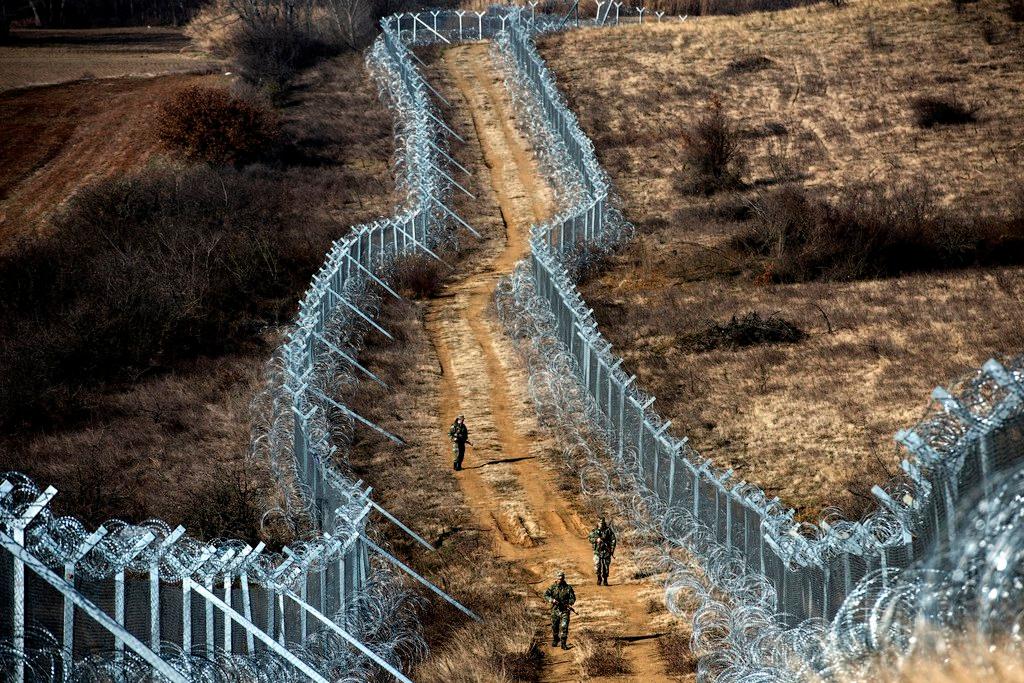
After a spike in 2016, asylum applications in Switzerland have been in steady decline. The tightening of Europe’s external borders has forced migrants to seek alternative routes to the continent – often more dangerous ones.
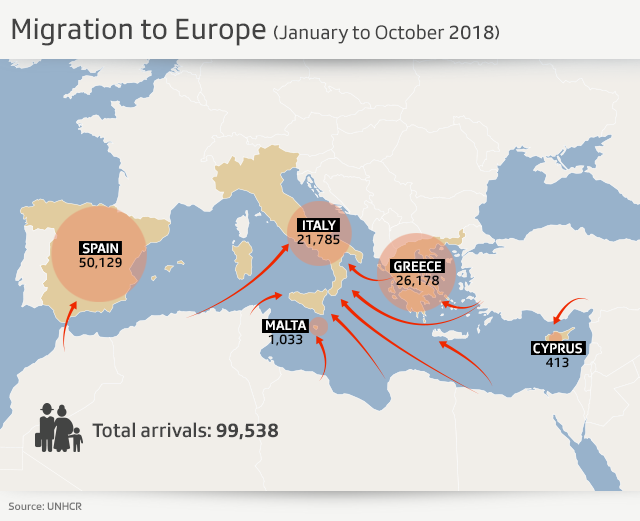
Why did asylum applications in Switzerland increase in 2015 and 2016?
Violent conflicts in Syria, Iraq and Afghanistan have continued unabated for several years now. The year 2015 saw the situation reach a peak, especially in the Middle East, where large swathes of the population were forced to migrate.
Hundreds of thousands embarked from the Turkish coast in an effort to reach Greece before travelling through the Balkans to enter Europe. Others came to the continent from the south, via the central Mediterranean.
Both groups made up the bulk of asylum seekers in Switzerland, who were almost twice as numerous in 2015 and 2016 as in previous years; though the peak did not rival that of the late 1990s, when the Kosovan conflict displaced hundreds of thousands.
Why are asylum applications currently decreasing?
In March 2016, several Balkan countries decided to completely close their borders, a decision that accentuated the humanitarian crisis in Greece, where tens of thousands of migrants suddenly found themselves blocked.
The EU then made a deal with Ankara to send irregular migrants arriving in Greece back to Turkey; an approach criticised by humanitarian organisations, who claimed that Turkey was not a safe country for asylum seekers. Since the deal, NGOs have continued to claim that numerous migrants remain blocked in substandard camps in Greece, while Turkey has been sending many more back to conflict zones without considering their asylum claims.
The new policy of the Italian government – blocking the country’s ports to NGOs and to ships saving migrants in the Mediterranean – has also contributed to a downturn in the numbers of asylum applications in Europe and Switzerland. New routes (via Spain, for example) are nevertheless becoming more popular.
Is the decline set to continue?
While the conflicts show no signs of ending, the options for refugees to either return home or build a life in another country are dwindling. Threatened people are therefore going to keep moving. But the situation is so uncertain that Swiss authorities can’t make any long-term predictions.
Who is applying for asylum in Switzerland?
Who is granted asylum?
Eritreans and Syrians are generally granted refugee or temporary admission status. Most Afghan applicants are granted temporary admission.
What are the consequences of the decreasing asylum applications?
Cantons have closed numerous civil protection shelters that had been converted in 2015 to house applicants, while some regions have drastically reduced the number of asylum centres in general.
But these measures are also related to the current reform of the asylum system, which will come into force in full by next spring. In order to cope with the wide variations in asylum demands, federal, cantonal and municipal authorities want to create structures that are more flexible and adaptable.
How much does asylum cost Switzerland?
The amount allocated varies widely according to the level of demand, the differing lengths of stay of applications, the type of procedure they go through and whether applicants have special needs (such as a need of protection).
For these reasons, the State Secretariat for Migration (SEM)External link deems it impossible to estimate the annual cost of one asylum applicant. According to federal accounts, however, SEM spent some CHF1.6 billion ($1.6 billion) on asylum procedures in 2017; 2.3% of total federal spending.
Rising deaths in the Mediterranean
The Swiss Refugee CouncilExternal link (SRC) says that the drop in the number of applications since 2016 does not signify that those in need of protection have decreased: “this phenomenon is largely the result of a policy of externalisation and the closing of Europe, a policy that Switzerland is partly contributing to”, it says. Migrants find themselves blocked in certain zones that are considered dangerous by NGOs (for example in Libya) and thus turn to other routes, often more dangerous.
A UNHCR reportExternal link also reveals that the death rate among those crossing the Mediterranean between Libya and Italy has risen from 1 in 29 in the first quarter of 2017 to 1 in 14 in the first quarter of 2018. The UN body has called for Europe to urgently step up efforts to secure safe and legal routes to refugees.
Adapted from French by dos, swissinfo.ch

In compliance with the JTI standards
More: SWI swissinfo.ch certified by the Journalism Trust Initiative




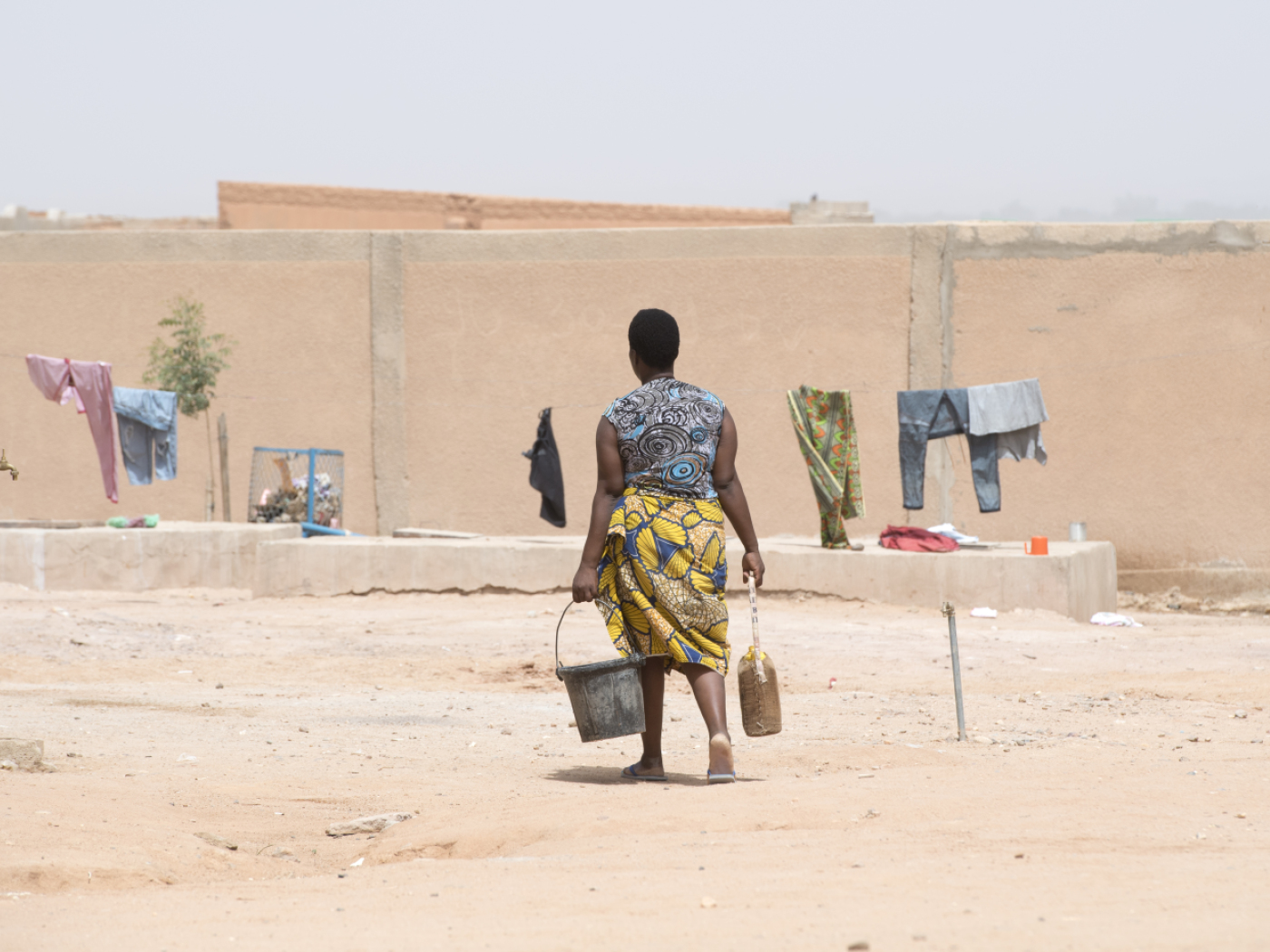



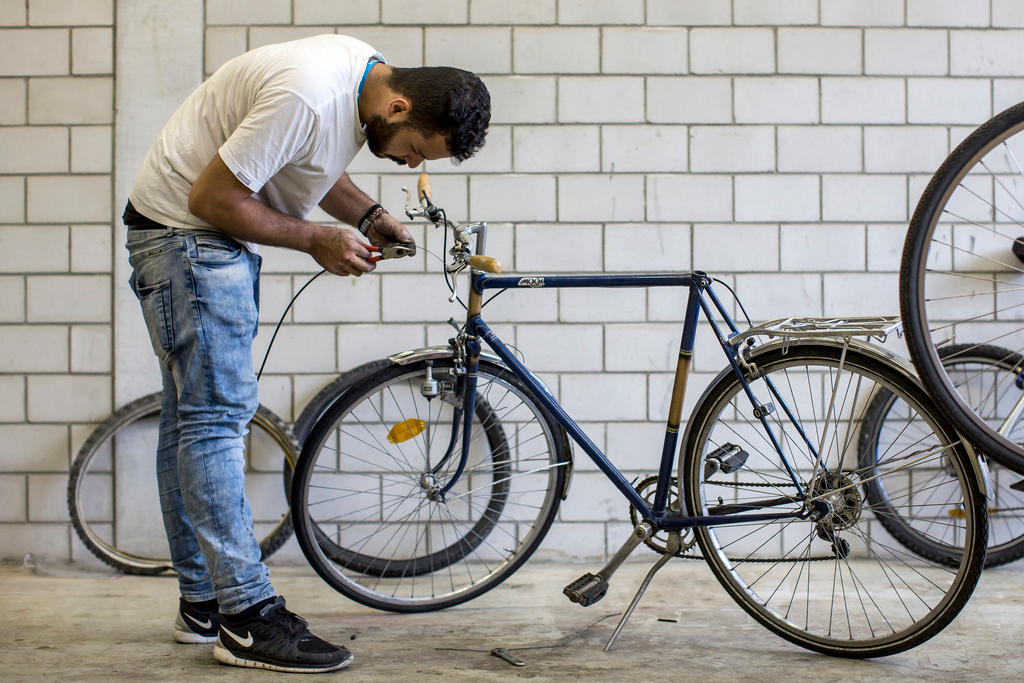
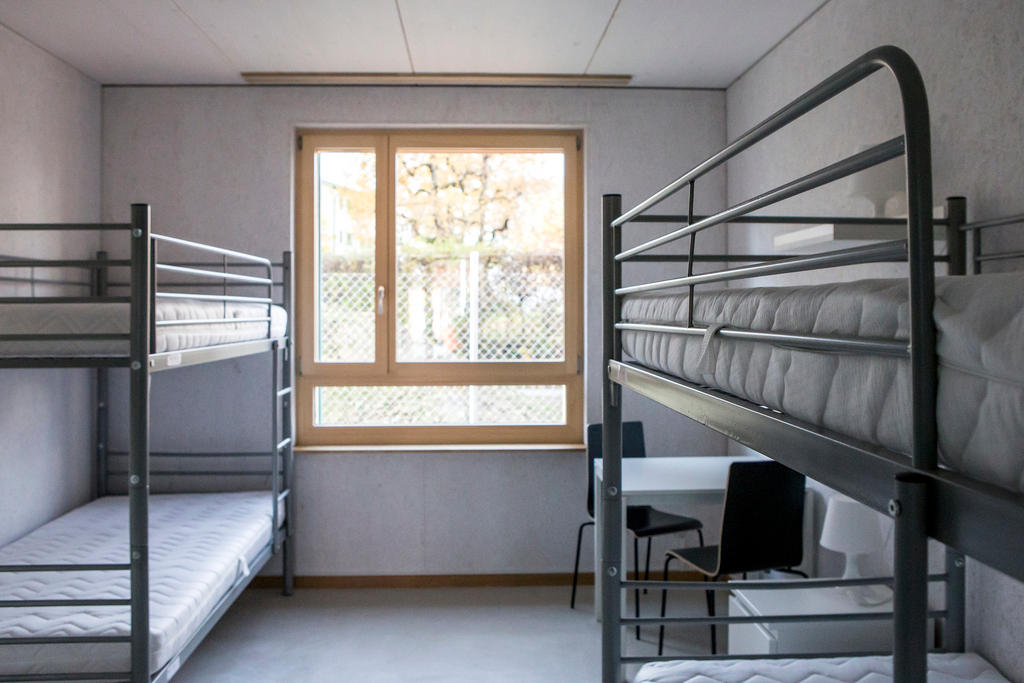

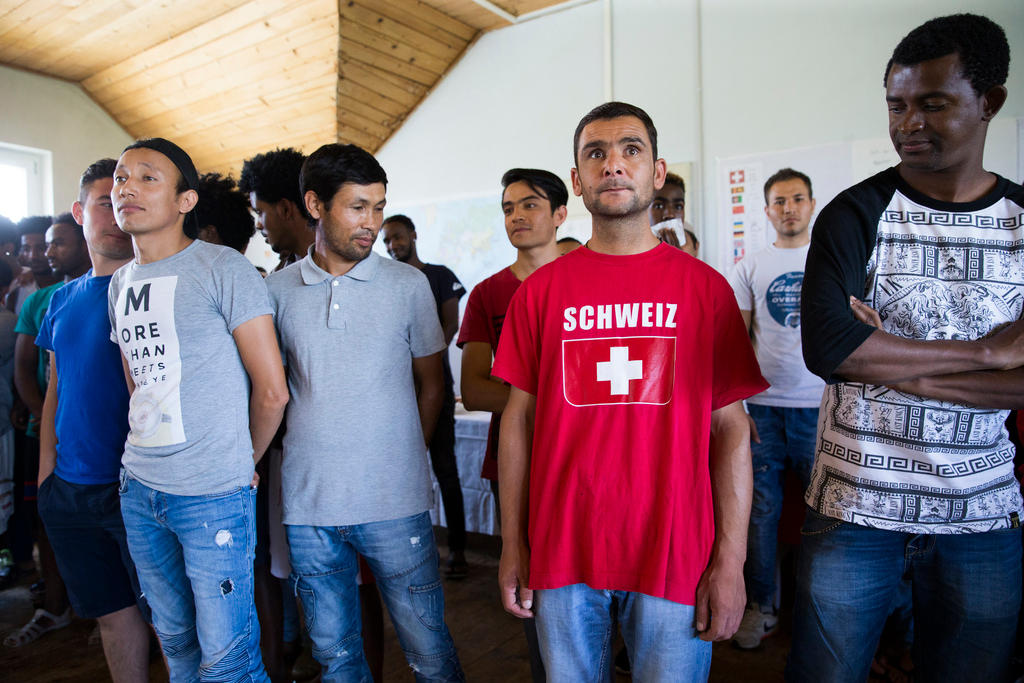
You can find an overview of ongoing debates with our journalists here . Please join us!
If you want to start a conversation about a topic raised in this article or want to report factual errors, email us at english@swissinfo.ch.